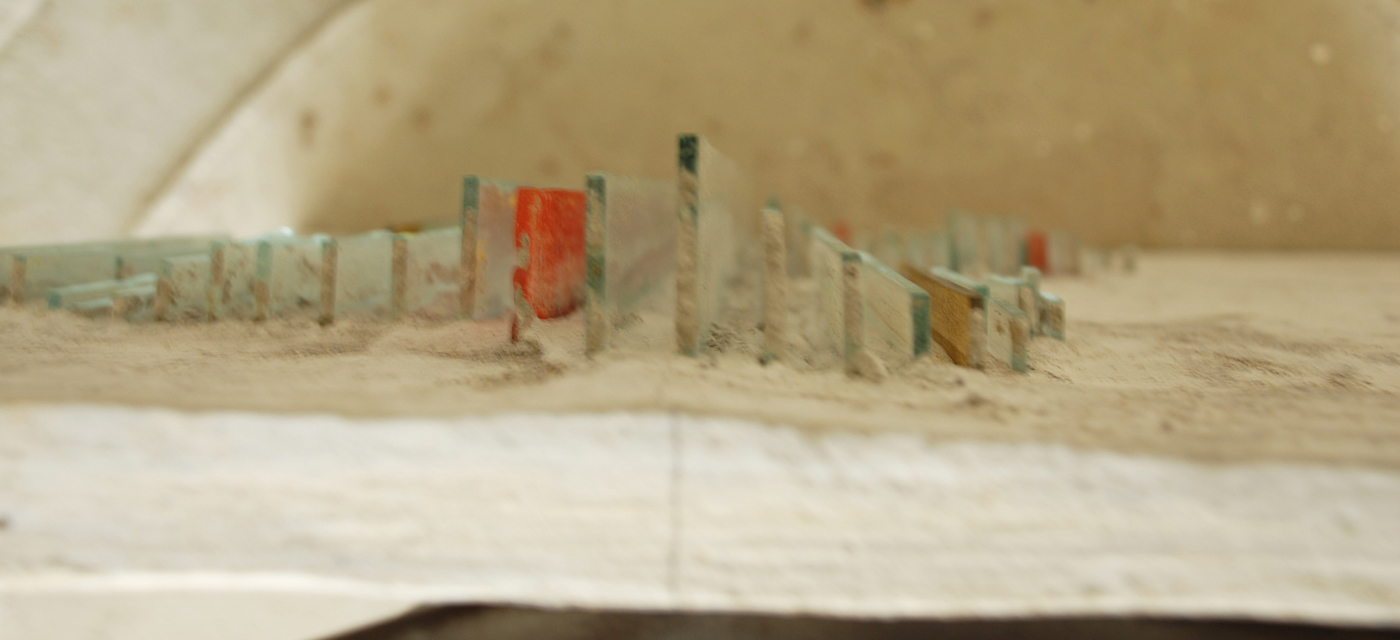Silhouettes:
A silhouette is the image of a person, animal, object or scene represented as a solid shape of a single color, usually black, with its edges matching the outline of the subject.
A silhouette is the image of a person, animal, object or scene represented as a solid shape of a single color, usually black, with its edges matching the outline of the subject.

Cutting portraits, generally in profile, from black card became popular in the mid-18th century, though the term silhouette was seldom used until the early decades of the 19th century, and the tradition has continued under this name into the 21st century. They represented a cheap but effective alternative to the portrait miniature, and skilled specialist artists could cut a high-quality bust portrait, by far the most common style, in a matter of minutes, working purely by eye. Other artists, especially from about 1790, drew an outline on paper, then painted it in, which could be equally quick.


The silhouette is closely tied in mythology to the origins of art. Pliny the Elder, in his Natural History (circa 77–79 AD) Books XXXIV and XXXV, recounts the origin of painting. In Chapter 5 of Book XXXV, he writes,
“We have no certain knowledge as to the commencement of the art of painting, nor does this enquiry fall under our consideration. The Egyptians assert that it was invented among themselves, six thousand years before it passed into Greece; a vain boast, it is very evident. As to the Greeks, some say that it was invented at Sicyon, others at Corinth; but they all agree that it originated in tracing lines round the human shadow [...omnes umbra hominis lineis circumducta].“. In Chapter 15, he tells the story of Butades of Corinth:
“Butades, a potter of Sicyon, was the first who invented, at Corinth, the art of modelling portraits in the earth which he used in his trade. It was through his daughter that he made the discovery; who, being deeply in love with a young man about to depart on a long journey, traced the profile of his face, as thrown upon the wall by the light of the lamp [umbram ex facie eius ad lucernam in pariete lineis circumscripsit]. Upon seeing this, her father filled in the outline, by compressing clay upon the surface, and so made a face in relief, which he then hardened by fire along with other articles of pottery.”
In accord with the myth, Greek Black-figure pottery painting,[7] also known as the black-figure style or black-figure ceramic (Greek, μελανόμορφα, melanomorpha, common between the 7th and 5th centuries BC) employs the silhouette and characteristic profile views of figures and objects on pottery forms. The pots themselves exhibit strong forms in outline that are indicators of their purpose, as well as being decorative.[8]



